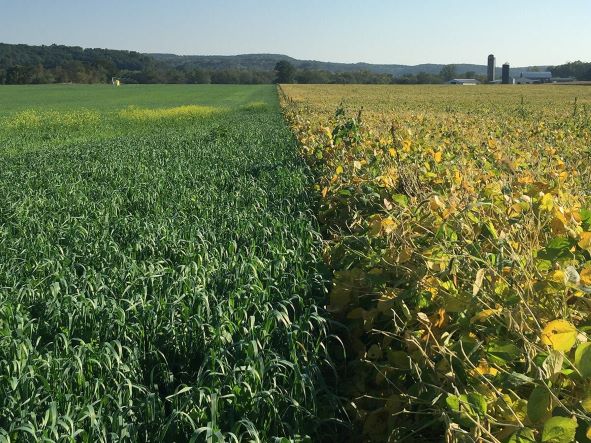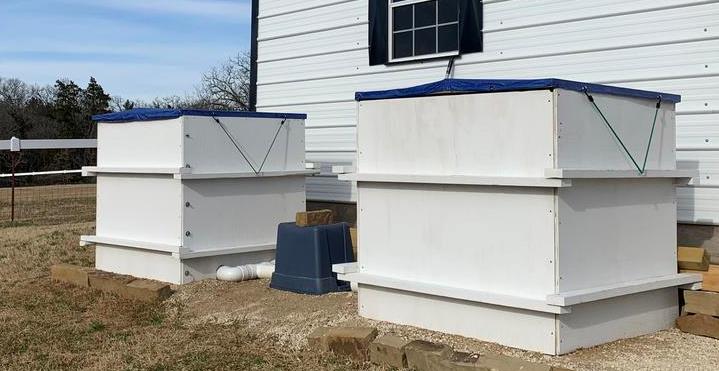|
While there is some overlap between regenerative agriculture, permaculture, and organic farming and gardening, there are notable differences, too.
Organic Farming/Gardening
“Organic agriculture provides a base set of standards. It’s all about minimizing toxins and slightly maximizing nutritional value, although the studies are mixed,” Jordan Rubin, founder of Heal the Planet Farm explained. “The main gist is producing food not laden with chemicals.”
That’s certainly good news and a vast improvement from industrial farming. After all, scaling up chemically produced food means we now have a “dirty dozen” list of foods to avoid. I’m so thankful organic is getting carcinogens, neurotoxic substances and bee-killing chemicals out of the food chain.
It also can go much further to become a truly sustainable system that can feed the world. One problem? Many organic farms produce annual crops and raise meat and dairy animals on outside food sources.
“That’s not necessarily regenerative,” Rubin explained. “It could be creating a system that needs loads of inputs.”
While organic farms are much healthier for people and the environment because they don’t rely on harmful chemicals, many larger organic producers may not encourage biodiversity as much as regenerative farming models.
Organic farms often also plant annual row crops that are more disruptive to the soil. Trucking in off-farm inputs, even though they are more natural and approved for use in the organic program, are common.
Organic farming is often not a closed-loop system.
The full article is located on our Blog.
|







